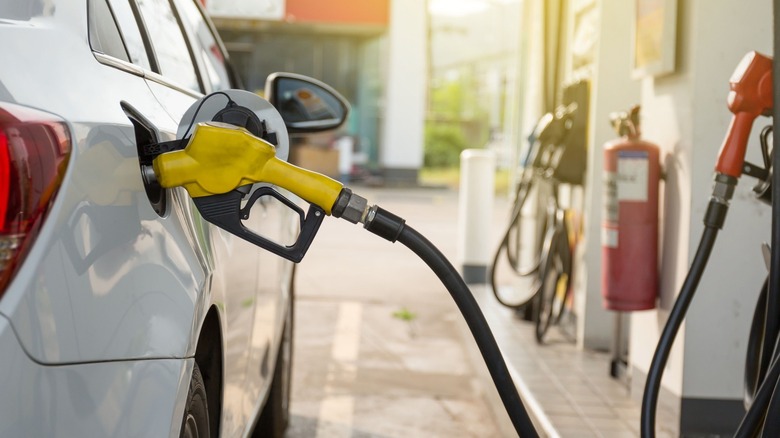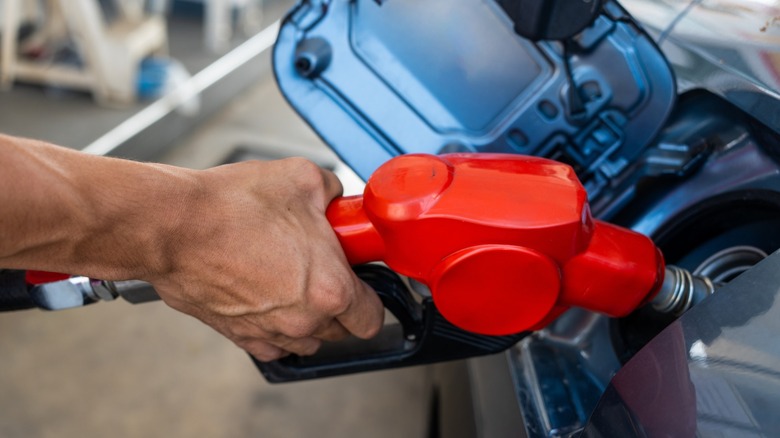Why Do Gas Stations Have Different Prices?
If you've ever been on a road trip, you'll find that when you stop for gas, the prices are generally different at various stops. That's no error. There are a lot of processes that go on behind the scenes before you can pump out gas from a nozzle. Gasoline prices account for these processes and vary due to the different factors peculiar to each filling station.
Think of gasoline pricing as a cocktail. In this cocktail, crude oil is the vodka, and every other factor is the mixer. These include refining, distribution, taxes, and branding. So, the price of crude oil is responsible for over half of the pump price, as without it, everything else falls flat. The extra costs are the refining processes that turn crude oil into motor-ready gas.
Then there are transportation costs, which vary from station to station. Those located closer to refineries will spend less on transportation costs than those farther away. This is one of the reasons why certain regions in America tend to have the cheapest gas prices. With that said, here's why gas stations have different gas prices.
Oil, refining, and taxes walk into a gas station
Geography appears to be the primary factor in the varying gas costs across the region. Stations in close production proximity will likely have cheaper gas prices. Regions like the Gulf Coast, including Texas, Louisiana, and Mississippi, are close to major refineries. This translates to short travel times for delivery. This, in turn, trims distribution costs and allows them to offer some of the nation's cheapest fuel. State regulation also plays a factor. For instance, California mandates special fuel blends to meet stricter air-quality standards. This is known as summer blend gas, and it is more expensive.
Taxes will also play a crucial role. Though federal tax is uniform, states don't always play fair. California's state tax adds about 68 cents per gallon, while Mississippi tacks on just around 18 cents. That difference will reflect in the gas process as well. Market competition and branding strategies can also shift prices. Areas that have lots of stations force sellers to stay competitive with price wars. In less competitive areas, convenience often rules, and prices climb accordingly. It's just economics. Brand identity also counts. Big chains maintain consistent overhead for branding, loyalty programs, and quality control. Independent or wholesale stations may cut costs and turn a smaller profit margin by doing away with those additions.

